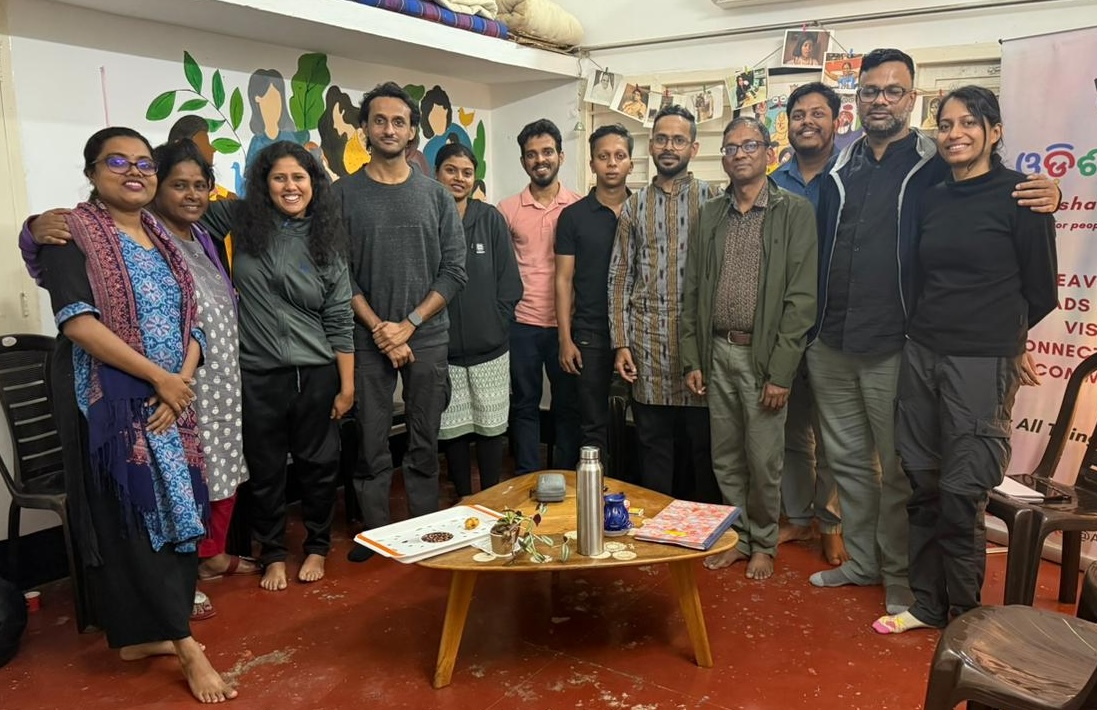Bhubaneswar: In a significant move, the Gupteswar Forest, situated adjacent to the Gupteswar Shiva temple in the Dhondrakhol reserve forest under the Jeypore Forest Division of Koraput district, has been officially declared as the fourth Biodiversity-Heritage Site (BHS) of Odisha. The State Government issued a notification in this regard recently, highlighting the ecological and cultural importance of the region.
Covering an expansive area of 350 hectares, the Gupteswar Forest holds a special place as a sacred grove traditionally revered by the local community. The area is rich in biodiversity, featuring a diverse range of flora and fauna. According to the biodiversity inventory and survey conducted by the Odisha Biodiversity Board, the site is home to at least 608 faunal species, including 28 species of mammals, 188 species of birds, 18 species of amphibians, 48 species of reptiles, 45 species of fish, 141 species of butterflies, 43 species of moths, 41 species of odonates, 30 species of spiders, six species of scorpions, and 20 species of lower invertebrates. Notable faunal species documented include the mugger crocodile, kanger valley rock gecko, sacred Grove Bush Frog, black baza, Jerdon’s baza, Malabar trogon, common hill myna, white-bellied woodpecker, and banded bay cuckoo.
The limestone caves of Gupteswar are adorned with eight species of bats, including two species—Hipposideros galeritus and Rhinolophus rouxii—that fall under the near-threatened category according to the International Union for Conservation of Nature.
Furthermore, the forest boasts a rich floral diversity with 182 species of trees, 76 species of shrubs, 177 species of herbs, 69 species of climbers, and 14 species of orchids. Threatened medicinal plants such as the Indian trumpet tree, Indian snake root, Cumbi gum tree, Garlic pear tree, Chinese fever vine, Rohituka tree, Jodpakli, Indian jointfir, and various wild crop relatives of ginger and turmeric have been identified. The ecosystem is also believed to host agriculturally and industrially important micro-organisms.
With the official declaration of Gupteswar as a Biodiversity-Heritage Site, the cultural connection of the local populace with the forest is expected to strengthen, leading to the conservation of its precious biodiversity. This designation brings the total number of BHSs in the state to four, with the existing ones being Mandasaru BHS in Kandhamala district, Mahendragiri BHS in Gajpati district, and Gandhamardan BHS in Bargarh and Bolangir districts.
The Odisha Biodiversity Board has been tasked with preparing a long-term plan for the intensive conservation and development of these sites, emphasizing the direct participation of local communities. An allocation of Rs. 35 lakhs has been made for the preparation of action plans and awareness-building activities in the localities. The decision has been well-received by nature lovers, intellectuals, and the local population, who anticipate that the forest’s inclusion as a Biodiversity-Heritage Site will contribute to livelihood enhancement through eco-tourism and minor forest produce.
Dr. Meeta Biswal, Chairperson of the Board, and Dr. Nihar Ranjan Nayak, Member Secretary, congratulated the biodiversity management committee of Haladikunda (Gupteswar) Gram Panchayat, along with scientists and researchers of the Board, for this noteworthy achievement.





